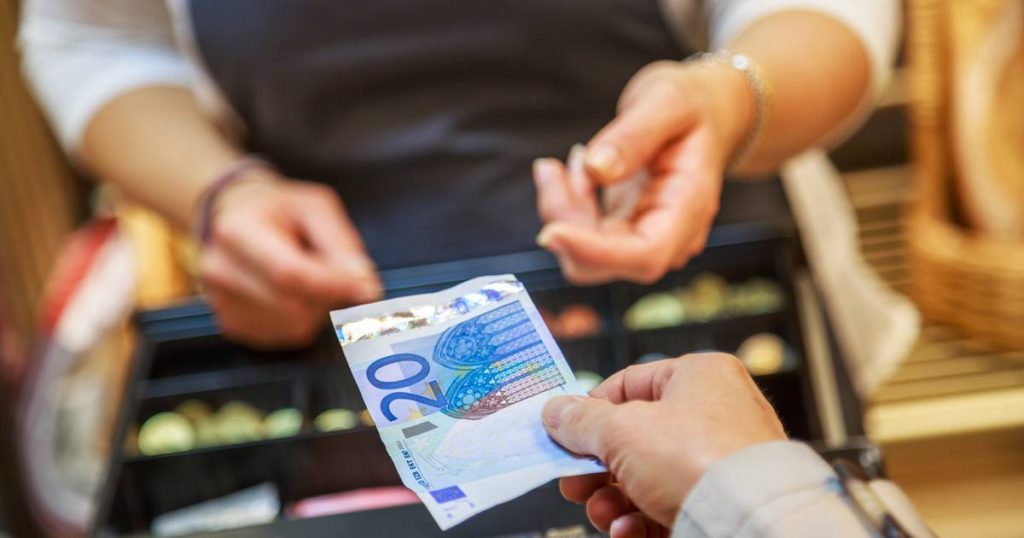The digital euro plus cash is one step closer. The European Central Bank decided on Wednesday to give the green light to the project preparation phase.
Two years later, the research phase for the digital euro was completed. The ECB said in a press release that the preparation phase should now pave the way for a potential digital euro in the future. Concretely, Frankfurt will finalize the rulebook and select service providers to develop the platform and infrastructure. The preparation phase begins on November 1 and lasts for two years. After completing this stage, the European Central Bank must decide to take the next step towards digital currency.
“We must prepare our currency for the future,” ECB President Christine Lagarde said in the press release. “We see the digital euro as a digital form of money that can be used for free for all digital payments and meets the highest privacy standards. The digital euro will coexist with cash, which will always remain available, so that no one is left behind.
At the end of June, the European Commission opened the door to digital currency. The EU Executive Council then proposed a legal framework that would allow its introduction. At the same time, the authority has prepared a draft law to ensure the status of coins and banknotes as legal tender.
Digital wallet
Banks can obtain a digital euro from the European Central Bank. The consumer can have the digital currency available in a digital wallet or Wallet, and can, for example, make quick payments around the clock via their smartphone, even if there is no internet connection. In a report published on Wednesday, the European Central Bank spoke of a digital euro that “will be widely available to citizens and businesses through supervised intermediaries, such as banks.”
The effective introduction of the single digital currency may take another 4 to 5 years, according to estimates by German Bundesbank Board Member Burkhard Balz. Just like coins and banknotes, the digital euro will be issued and backed by the European Central Bank, which should ensure stability and security.
A digital euro should provide a counterweight to private digital payment system providers, especially from the United States. “As people increasingly pay digitally, we must be prepared to be able to spend a digital euro, in addition to cash,” Fabio Panetta, a member of the ECB’s Executive Board and head of the Digital Euro Task Force, said in the press release. “A digital euro would increase the efficiency of European payments and contribute to Europe’s strategic independence.”
peer
The digital euro should be equivalent to euro notes and coins, issued directly by the European Central Bank. The only difference with payment is that the money is not “tangible”. The difference between electronic payments using a bank card is as follows: These payments are made using so-called “own funds” created by the commercial bank. For example, your bank account balance is private money.
The digital euro should be free for basic use. “People who do not have a bank account or digital devices should also be able to pay with digital euros, for example using a physical card from a public institution such as a post office. Users will also be able to exchange their digital currencies for euros for cash at ATMs,” the ECB explains. Automated, or vice versa.
Free unlimited access to Showbytes? Which can!
Log in or create an account and never miss a thing from the stars.

“Coffee buff. Twitter fanatic. Tv practitioner. Social media advocate. Pop culture ninja.”











More Stories
Strong increase in gas export pipeline from Norway to Europe
George Louis Bouchez still puts Julie Tatton on the list.
Thai Air Force wants Swedish Gripen 39 fighter jets